Someone recently asked me about getting around the country by bus and I think I referred them to the Bus Schedule website which lists all of the option when you type in the “From” and “To” spaces on that website with all bus companies included.
Well, I forgot about an even better help beyond schedules, the Facebook Group Page Costa Rica by Bus on which you can post a question (may have to join group first) and some of the many people who travel by bus will share their experiences and advice. And of course they also recommend the bus schedule site above. And by the way, that bus in photo above is the one I took to Turrialba.
I plan to go to a birding lodge near San Isidro del General in May, so anticipate my report on that bus experience then. I use the bus almost weekly to go from Atenas to Alajuela for many different reasons and have gone to San Jose by bus many times. Some of my other bus adventures have been (with links to photo galleries):
All of this was to simply say that you can travel on a “shoestring budget” and see a lot of Costa Rica whether you live here or visiting. Buses are cheap here! That is the way most Ticos travel! And you can do it without the Spanish language, though much easier and a richer experience if you speak at least a little Spanish.
Now, as a retiree who has made seeing all of Costa Rica my main activity, I do not do everything the budget-way and love to go the longer distances on Sansa Airlines or to places less than 3 hours from Atenas by my favorite driver here in Atenas, but I do not have a car and have basically quit renting cars because of the high insurance cost, thus seeing Costa Rica by bus is one option I still use when I consider it the most practical way. The next bus report comes in May! 🙂
“Live with no excuses and travel with no regrets” ~ Oscar Wilde
I just realized that I did a similar post in 2017, Seeing Costa Rica by Bus 🙂
¡Pura Vida!
Like this:
Like Loading...


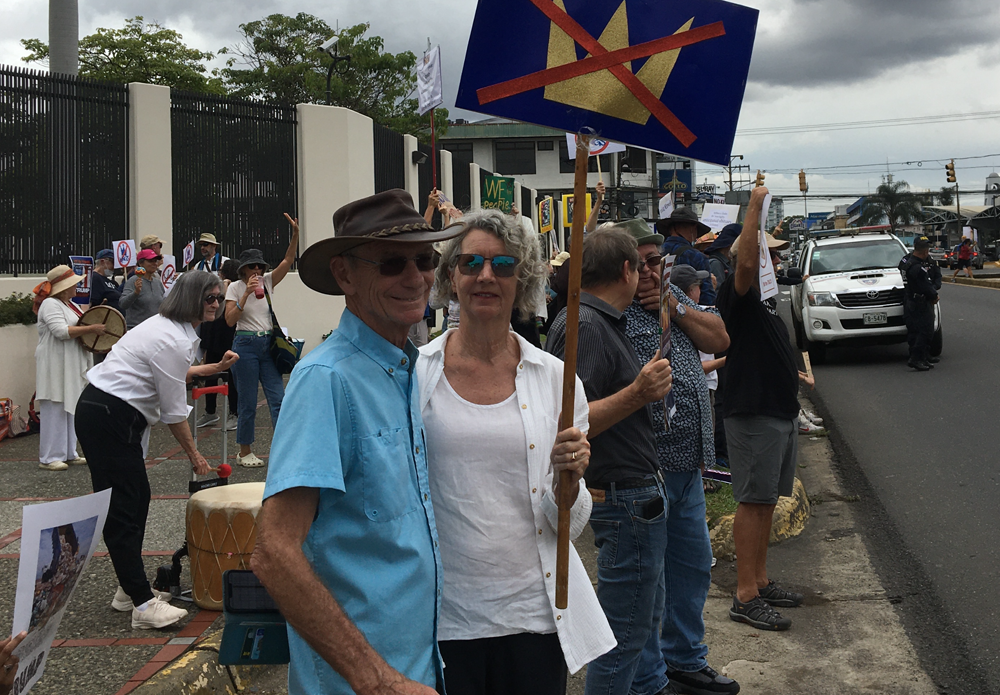



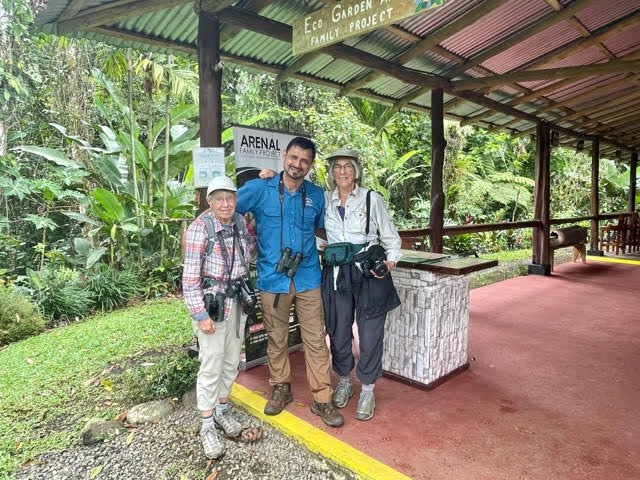

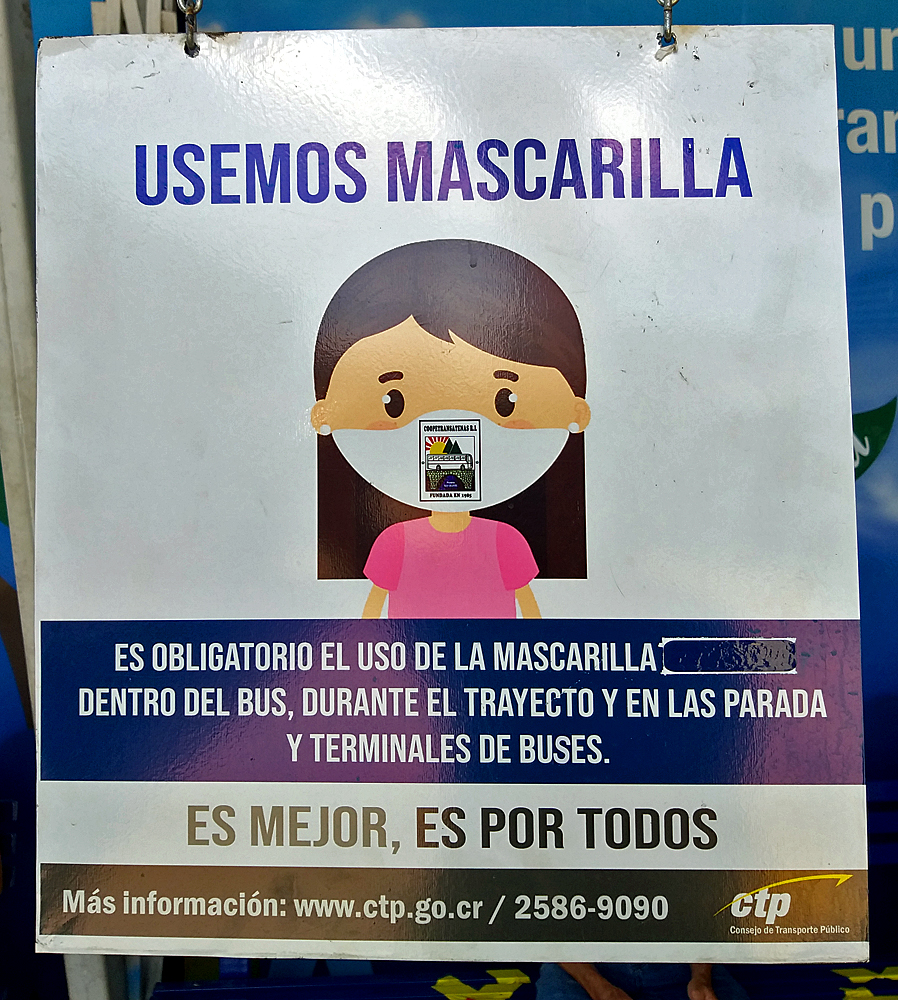


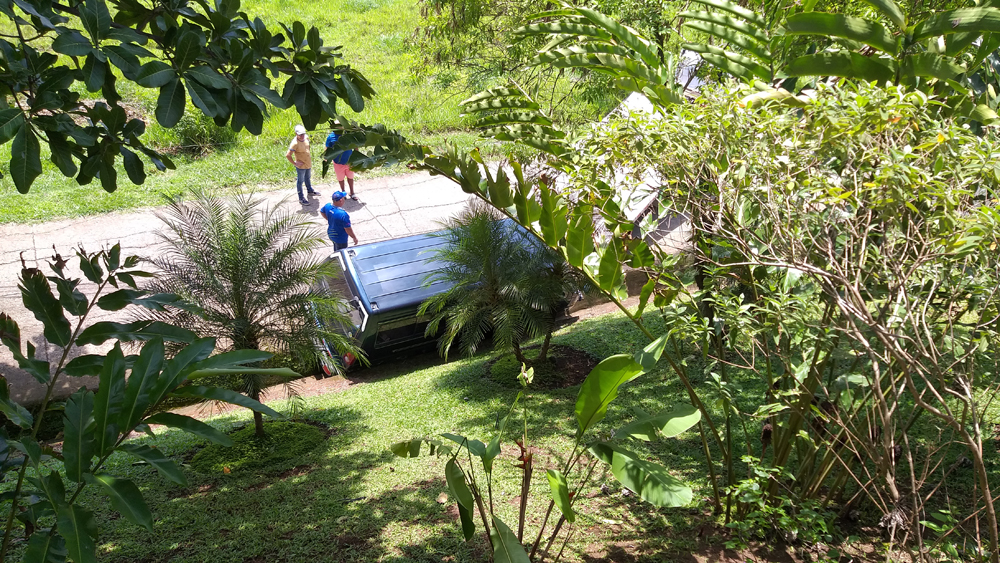

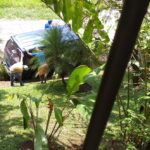
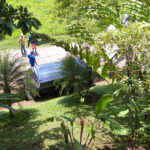
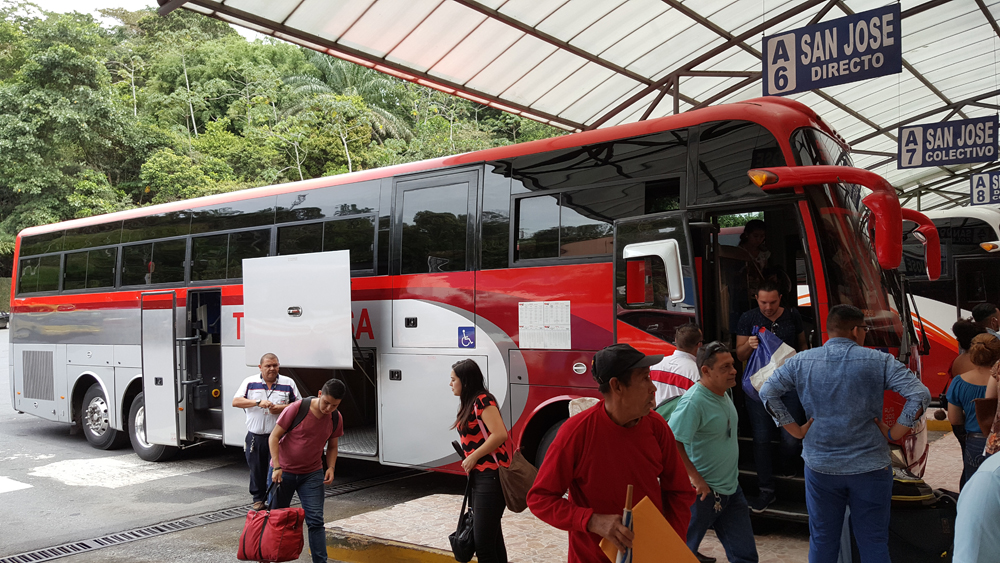

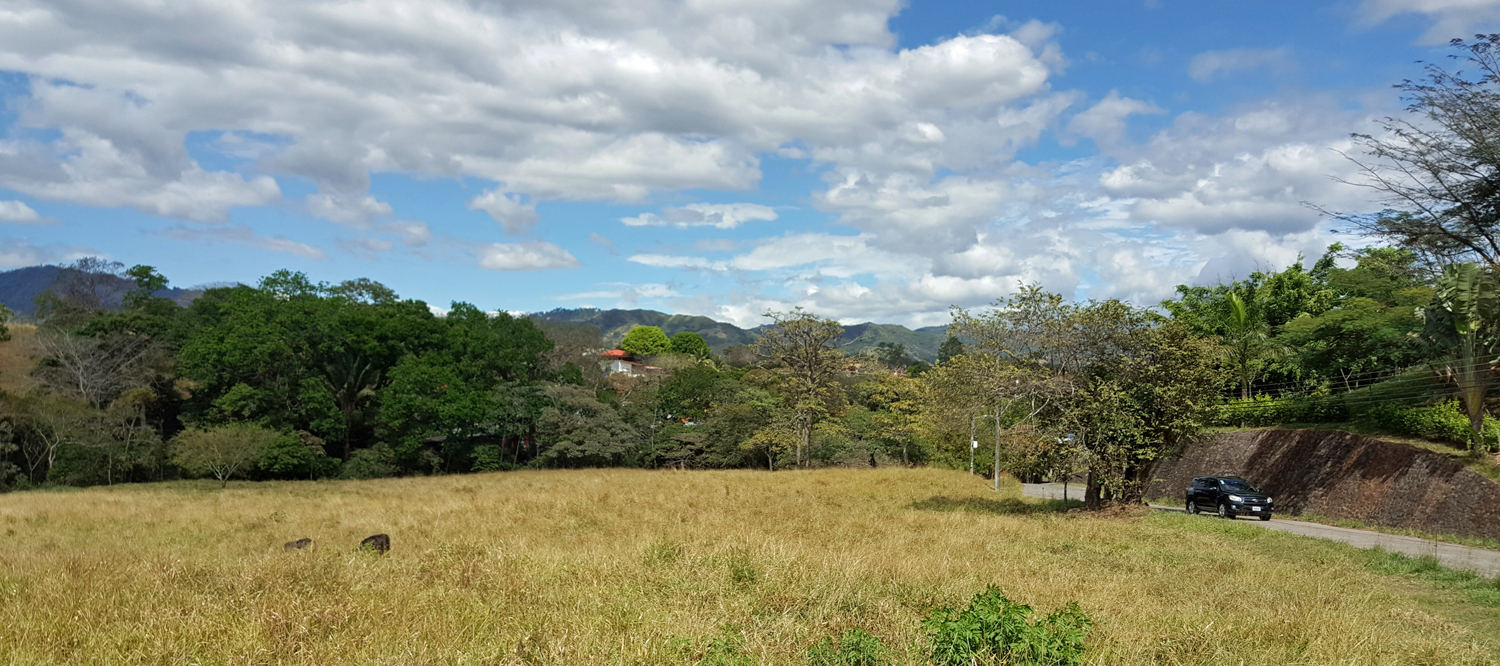
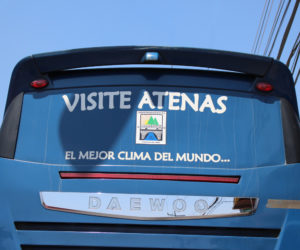 One reason for choosing the “Central Valley” area to live in my retirement in Costa Rica was the weather and more specifically Atenas is the weather, which averages around 72° year around and a National Geographic article writer once stated that Atenas has “the best weather in the world.” Thus on the back of all our buses is the slogan:
One reason for choosing the “Central Valley” area to live in my retirement in Costa Rica was the weather and more specifically Atenas is the weather, which averages around 72° year around and a National Geographic article writer once stated that Atenas has “the best weather in the world.” Thus on the back of all our buses is the slogan: 



